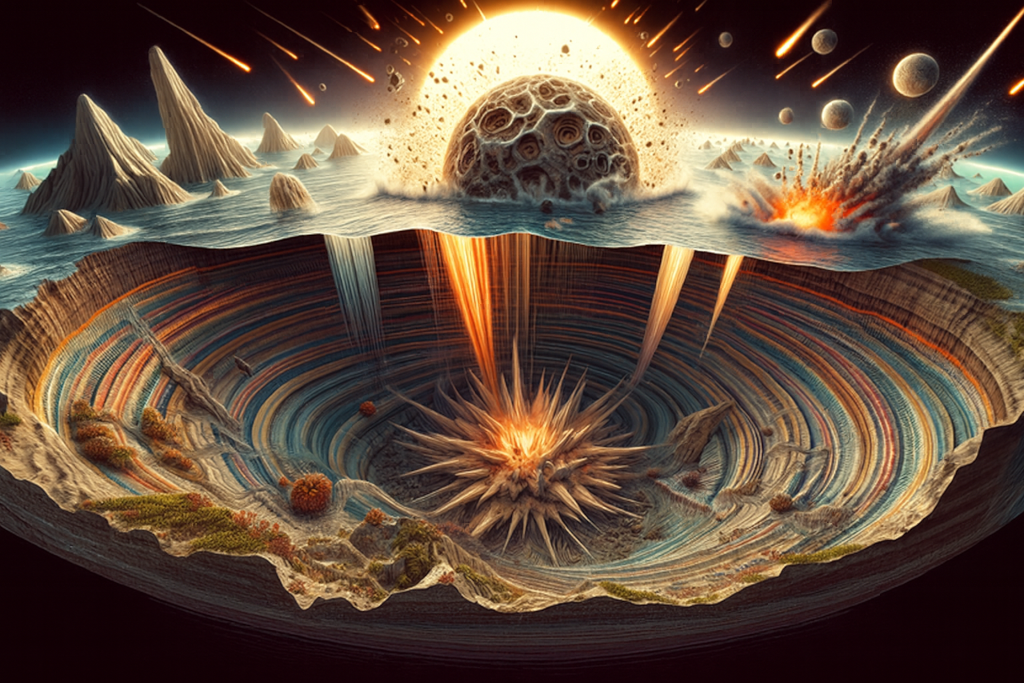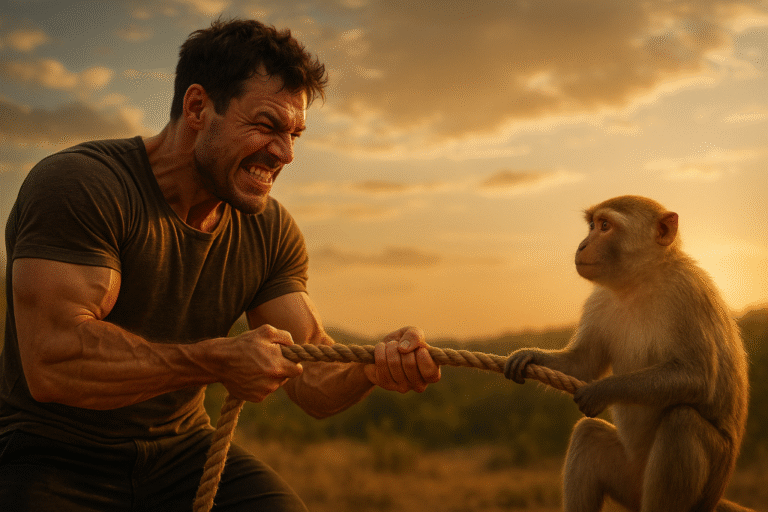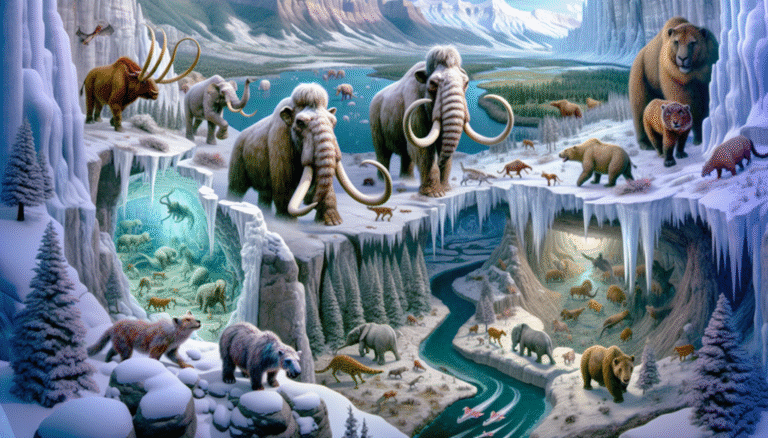We’ve all heard the story: a massive asteroid slammed into Earth 66 million years ago, wiped out the dinosaurs, and left a scar that echoed through time. But what if I told you the horror didn’t end with the impact?
Imagine the ground beneath your feet trembling—not for a few minutes or even hours—but for weeks… maybe even months.
Sounds unimaginable, right? And yet, that’s exactly what scientists believe unfolded after the Chicxulub asteroid struck what is now Mexico’s Yucatán Peninsula.
Wait! Earthquakes that last for months?
Yes. And it’s not science fiction. This was no ordinary earthquake. This was a “megaquake”—a violent planetary shudder that unleashed more energy than most of us can wrap our heads around.
- Energy released: Estimated at 10²³ joules—that’s roughly 50,000 times the power of the 2004 Sumatra earthquake, which itself triggered one of the deadliest tsunamis in modern history.
- Seismic wave duration: Geological evidence suggests the reverberations lasted for several weeks—or even months—rippling through the planet like a struck bell that refused to quiet down.
In a world already plunged into chaos, Earth itself became an unwilling participant, constantly moving, groaning. For early life clinging to survival, it must have seemed like the end of all things.
How do we know this happened?
Here’s where it gets fascinating. Geologists have found unmistakable scars left behind by this relentless shaking—proof that Earth couldn’t settle down for an unnaturally long time.
The evidence includes:
- Deformed rock layers stretch from the Gulf of Mexico into South and North America. These aren’t just crumbled edges—they’re fully folded and disrupted sedimentary layers, formed after the impact but before the environment stabilized.
- Sediment deposits in ancient lakes and oceans show repeated wave patterns (known as seiches) that could only be explained by long-duration seismic activity.
- Delayed plant growth. Fossil pollen and spores seem to disappear temporarily in the immediate aftermath—suggesting that plants struggled to take root again until the ground finally stopped lurching beneath them.
But why did the shaking last so long?
The earthquake triggered by the Chicxulub impact wasn’t a single, clean event. Instead, here’s what likely happened:
- The impact punched a 110-mile-wide crater deep into Earth’s crust, instantly vaporizing rocks and sending shock waves in every direction.
- This energy didn’t just disappear—it echoed through the planet’s tectonic plates, setting off a global chain reaction of aftershocks and underwater landslides.
- Entire oceans were shoved like bathwater, spawning mega-tsunamis that reached as far as modern-day New Zealand.
- All of this overloaded the usual mechanisms that let Earth’s surface settle after the shock has passed. The planet just kept spasming.
A living planet, violently shaken
This wasn’t just a geological event—it was a full-body trauma. Earth didn’t just get hit; it reeled, rattled, and roared in pain. For plants, animals, and microorganisms, survival wasn’t just about dodging the rock or hiding from firestorms—it meant enduring a trembling, unstable world for months on end.
It’s like our planet had a panic attack—and just kept shaking
Some scientists compare it to what happens after a major brain injury. The initial blow does the damage, but the aftereffects—the swelling, the inflammation, the shockwaves—can be just as deadly.
We may never know exactly how long the shaking lasted. But with every new rock core drilled, and every ancient sediment analyzed, we come closer to piecing together the story.
What does this mean for us today?
Events like Chicxulub remind us that Earth is not a passive planet. It responds, it reacts—and sometimes, it suffers. Understanding its long history of trauma helps scientists model everything from modern earthquake behavior to the possibility of future impacts.
And maybe, just maybe, it helps us see our world a little differently. Not as a stable, solid place—but as a living, breathing, wildly unpredictable planet.




1 Comment